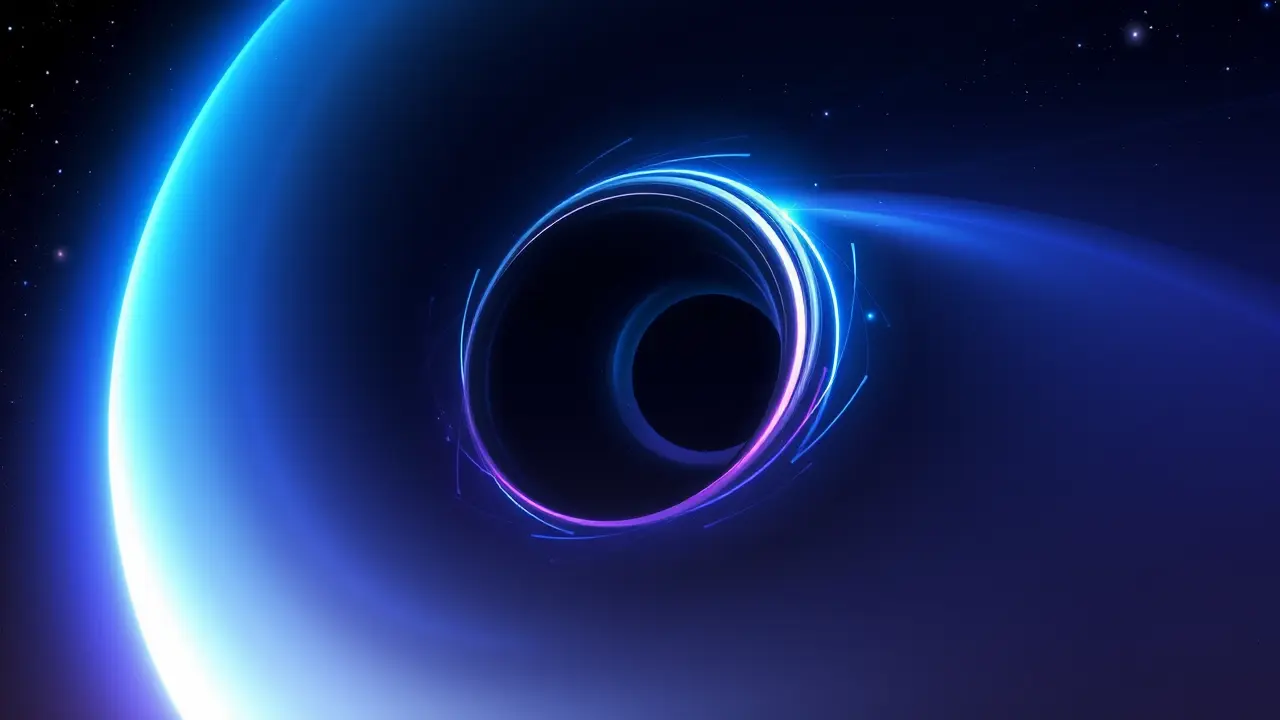
Sciencespace & astronomyBlack Holes and Galaxies
Astronomers just solved the mystery of “impossible” black holes
TH
Thomas Green
2 hours ago7 min read
The cosmos has just handed us a key to one of its most stubborn puzzles, and it turns out this key is forged from pure magnetic force. For years, the existence of so-called 'impossible' black holes—those that defied our established mass limits—posed a profound challenge to astrophysicists.How could these celestial anomalies form, seemingly breaking the very rules we thought governed stellar collapse? The answer, emerging from sophisticated new simulations, is as elegant as it is powerful: it's all in the spin and the magnetic fields. When a massive, spinning star reaches the end of its life and begins its catastrophic collapse, these simulations reveal that immensely powerful magnetic forces can act like a cosmic slingshot, violently ejecting vast amounts of stellar material out into the void.This process doesn't just shrink the resulting black hole; it supercharges its rotation, creating a smaller, denser, and far faster-spinning remnant than previously thought possible. This mechanism provides a stunningly elegant explanation for events like the puzzling GW231123 collision detected by the LIGO-Virgo observatories, a gravitational wave signal that pointed to black holes living in a mass range we once considered 'forbidden.' It's a discovery that reshapes our understanding of stellar life cycles, suggesting that magnetism is not a passive bystander but a dominant sculptor in the chaotic birthing rooms of black holes. Think of it not as a star simply dying under its own weight, but as a dynamic, magnetic engine that strips away layers to reveal a more exotic core beneath. This breakthrough, championed by researchers at institutions likely spanning the globe from the United States to Italy and Japan, does more than just solve a mystery; it opens a new chapter in multi-messenger astronomy, allowing us to better interpret the cosmic stories told by gravitational waves and to predict what other 'impossible' objects might be lurking in the dark, waiting to be found.
#featured
#black holes
#astronomy
#magnetic fields
#simulations
#GW231123
#stellar collapse
Stay Informed. Act Smarter.
Get weekly highlights, major headlines, and expert insights — then put your knowledge to work in our live prediction markets.
Related News
© 2025 Outpoll Service LTD. All rights reserved.
